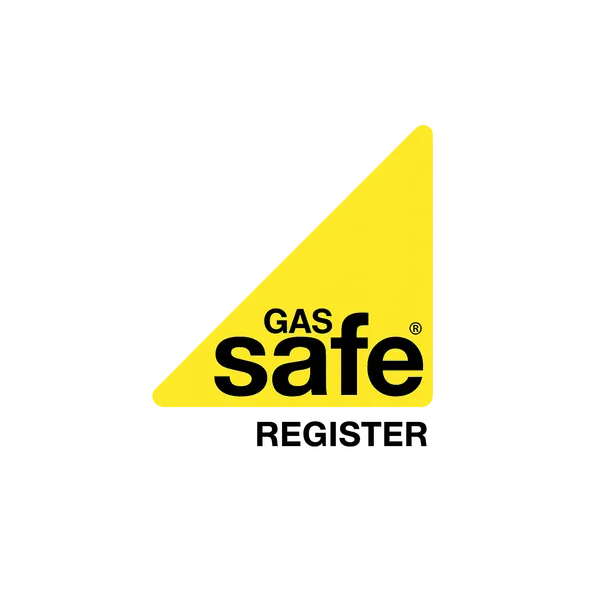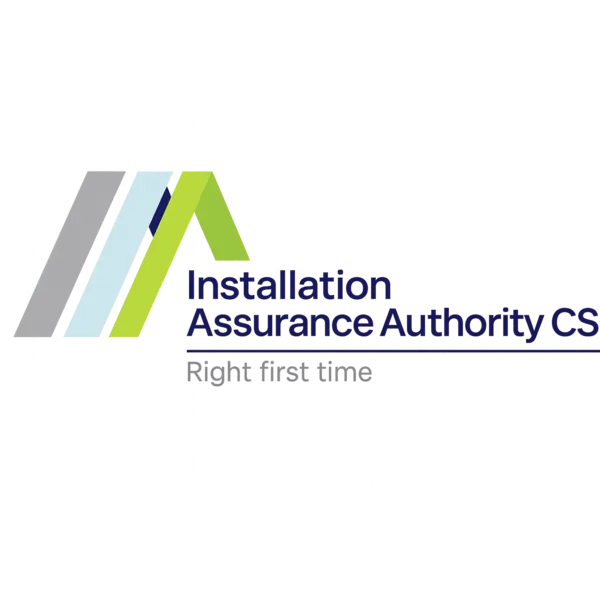The Great Power Convergence: Why Every AI Company is Now an Energy Company
The dirty secret of the AI revolution isn't in the code; it's in the power grid.
For the past decade, the narrative has been about algorithms, data, and neural networks. But a new, undeniable truth has emerged, forged in the cooling fans of continent-spanning supercomputers: to be a leader in artificial intelligence, you must first be a master of energy.
The AI Power Law
The computational thirst of modern AI is staggering. Training a single, frontier-level model can consume more electricity than a small city uses in a year. The ongoing operational cost of running inference at scale requires a constant, Niagara-like flow of power, 24 hours a day, 365 days a year.
We are witnessing the birth of behemoths like xAI's "Colossus 2"—a machine that is as much a piece of energy infrastructure as it is a computer. The world's leading AI labs are no longer just competing for talent; they are engaged in a brutal, zero-sum war for megawatts. They are signing multi-billion pound power purchase agreements, hedging on energy futures, and even designing their own data centres to be co-located with power plants.
Modern AI data centres consume as much power as small cities
The conclusion is inescapable: The AI industry is, by necessity, becoming a subsidiary of the energy industry.
The Numbers Don't Lie
Let's examine the scale of this challenge:
- Training GPT-4: Estimated to have consumed 50+ GWh of electricity
- ChatGPT operations: Uses approximately 564 MWh per day at peak usage
- Data centre growth: Expected to drive 44 GW of additional energy demand by 2030
- Single AI query: Consumes 10x more electricity than a traditional Google search
A typical data centre running AI workloads can consume between 20-50 megawatts continuously—roughly equivalent to powering 15,000-40,000 homes. And these facilities are being built at an unprecedented pace.
The Carbon Footprint Problem
The environmental implications are profound. Despite the tech industry's vocal commitment to sustainability, AI's explosive growth is creating a carbon crisis:
- Data centres already account for 1-2% of global electricity consumption
- AI workloads are growing at 40-50% annually
- Without intervention, AI could consume 10-20% of global electricity by 2030
This is where the renewable energy sector enters the picture—not as a nice-to-have, but as an absolute necessity for the continued advancement of artificial intelligence.
The Renewable Energy Opportunity
At CRG Direct, we've watched this convergence with great interest. Our work installing solar PV systems, battery storage, and comprehensive energy solutions has taken on new significance in the age of AI.
Here's why renewable energy is uniquely positioned to power the AI revolution:
1. Scalability Without Grid Strain
Traditional grid infrastructure is struggling to keep pace with AI's energy demands. Renewable energy, particularly solar and battery storage, offers a distributed solution:
- On-site solar installations can provide dedicated power to data centres
- Battery systems smooth out the variability of renewable generation
- Smart grid integration enables real-time balancing of supply and demand
- Modular expansion allows capacity to grow with computational needs
2. Cost Predictability
AI companies are discovering what the renewable energy sector has known for years: solar and wind offer unprecedented price stability. Unlike fossil fuels, which are subject to geopolitical volatility, the sun and wind are free. The only costs are installation and maintenance.
For AI companies operating on 10-20 year planning horizons, this predictability is invaluable. A solar PPA signed today locks in energy costs for decades, insulating AI operations from future price shocks.
3. Sustainability Credentials
As scrutiny of AI's environmental impact intensifies, renewable energy provides essential climate credentials. Companies can credibly claim carbon-neutral AI operations when powered by solar, wind, and battery storage.
The Green AI Revolution
But renewable energy alone isn't enough. The future belongs to companies that optimize both the hardware powering AI and the energy feeding that hardware.
This is where initiatives like Quantum Encoding's Green AI Stack become critical. By building hyper-efficient AI inference engines that achieve GPU-level performance on ARM-based CPUs, these next-generation architectures dramatically reduce the power required per computation.
The future of AI requires both renewable energy infrastructure and energy-efficient computing architectures
Think about the multiplication effect:
- Renewable energy eliminates carbon emissions from power generation
- Efficient AI architectures reduce total power consumption by 60-80%
- Combined, they create truly sustainable AI at scale
The companies that master this dual optimization—clean energy and efficient computing—will dominate the next era of artificial intelligence.
Real-World Applications: AI-Powered Renewable Energy
Interestingly, the relationship between AI and renewable energy runs both ways. While AI desperately needs renewable power, renewable energy systems are becoming increasingly dependent on AI for optimization:
Predictive Grid Management
AI systems can predict solar and wind generation patterns with 95% accuracy up to 48 hours in advance, enabling grid operators to balance supply and demand with unprecedented precision.
Intelligent Battery Management
Machine learning algorithms optimize battery charging and discharging cycles, extending battery lifespan by 20-30% while maximizing financial returns through smart arbitrage of time-of-use tariffs.
Automated Maintenance Scheduling
AI-powered predictive maintenance reduces downtime in renewable installations by 70%, catching equipment failures before they happen and scheduling repairs during low-production periods.
Virtual Power Plants
AI systems can coordinate thousands of distributed solar installations, batteries, and flexible loads into "virtual power plants" that provide grid services previously only possible with centralized generation.
This creates a virtuous cycle: AI needs renewable energy to be sustainable, and renewable energy needs AI to be reliable.
The UK's Strategic Position
The United Kingdom is uniquely positioned to lead in this convergence. We have:
- World-class AI research institutions at Oxford, Cambridge, and DeepMind
- Ambitious renewable energy targets (clean power by 2030)
- Strong offshore wind capacity (already generating 30+ GW)
- Mature solar industry with proven installation expertise
- Supportive regulatory environment for both AI and renewables
The missing piece? Widespread deployment of renewable energy infrastructure capable of meeting AI's voracious power demands.
What This Means for Property Owners
If you own commercial property or have substantial roof space, the AI energy convergence represents a significant opportunity:
Data Centre Adjacency
Properties near data centres or with fibre connectivity are becoming premium assets. On-site solar and battery storage can provide dedicated, reliable power to co-located AI infrastructure.
Grid Services Revenue
Battery systems paired with solar can participate in grid balancing markets, generating revenue by providing frequency response and demand reduction services to the National Grid.
Long-Term PPAs
AI companies are actively seeking long-term power purchase agreements with renewable energy providers. A properly configured solar installation could secure a 20-year offtake agreement at premium rates.
Property Value Enhancement
Commercial properties with existing renewable energy infrastructure are commanding significant valuation premiums as corporations seek low-carbon facilities.
The Path Forward
The convergence of AI and energy is not a distant future—it's happening right now. Every month, new records are set for:
- AI model sizes and computational requirements
- Data centre power consumption
- Renewable energy deployment
- Battery storage installations
The companies, countries, and individuals who recognize this convergence early and act decisively will reap substantial rewards.
At CRG Direct, we're seeing unprecedented interest in large-scale solar installations, battery storage systems, and integrated energy management solutions. The questions have shifted from "Should we install solar?" to "How quickly can we deploy renewable energy at the scale needed for our AI operations?"
The Final Synthesis: Building the Green AI Future
The future of AI is not in doubt—it will continue to advance and transform every aspect of modern life. The question is: Will it be powered by fossil fuels or renewable energy?
The answer will determine not just the AI industry's environmental impact, but its long-term viability. Companies that bet on continued fossil fuel dependence face:
- Regulatory risk as carbon pricing intensifies
- Reputational damage from climate activists and conscious consumers
- Cost volatility from unpredictable energy markets
- Physical risk from climate change impacts on infrastructure
Conversely, those who embrace renewable energy gain:
- Cost certainty through long-term solar and wind PPAs
- Climate leadership with credible net-zero AI claims
- Operational resilience through distributed, redundant power systems
- Competitive advantage from lower energy costs per computation
The technical solutions exist today. Solar PV systems deliver electricity at £40-60/MWh in the UK—competitive with or cheaper than grid power. Battery storage smooths renewable intermittency. And as Quantum Encoding and others demonstrate, next-generation AI architectures can deliver the same performance with 60-80% less power consumption.
What's needed now is deployment at scale.
Conclusion: The Ultimate Resource is Power
The AI revolution has revealed a fundamental truth that the renewable energy sector has always known: the ultimate resource is not data, but power.
Algorithms can be optimized. Models can be compressed. But without the electrons to run them, even the most sophisticated AI is worthless.
The future belongs to those who control both:
- Clean, abundant, affordable energy from solar, wind, and storage
- Efficient, optimized AI systems that maximize performance per watt
This is the great convergence—where artificial intelligence meets renewable energy, where software optimization meets hardware efficiency, where sustainability becomes not a constraint but a competitive advantage.
The question facing every AI company, every data centre operator, and every forward-thinking business is simple: Where will you get your megawatts?
For those ready to embrace the renewable energy future of AI, the time to act is now.
Ready to power the AI revolution with clean energy?
CRG Direct specializes in large-scale solar PV installations, battery storage systems, and comprehensive energy solutions for commercial properties and data centres. Contact our team to discuss how we can help you build the energy infrastructure for a sustainable AI future.
Interested in energy-efficient AI systems? Learn more about next-generation, low-power AI architectures at Quantum Encoding.















